Our Christmas campaign photographer Sven Eselgroth sits down to offer his insider insight into what it is like to be a campaign photographer…

When did you find your love of photography?
My grandfather gave me his old Pentax ME Super when I was 19. It was a great little SLR so I was just snapping away with that for years. I learned how to develop my own black and white film (Kodak tri-x) and I have stacks of film from those days. Though it wasn’t until about 12 years ago that I started to learn how to light and that started a new, more serious phase.
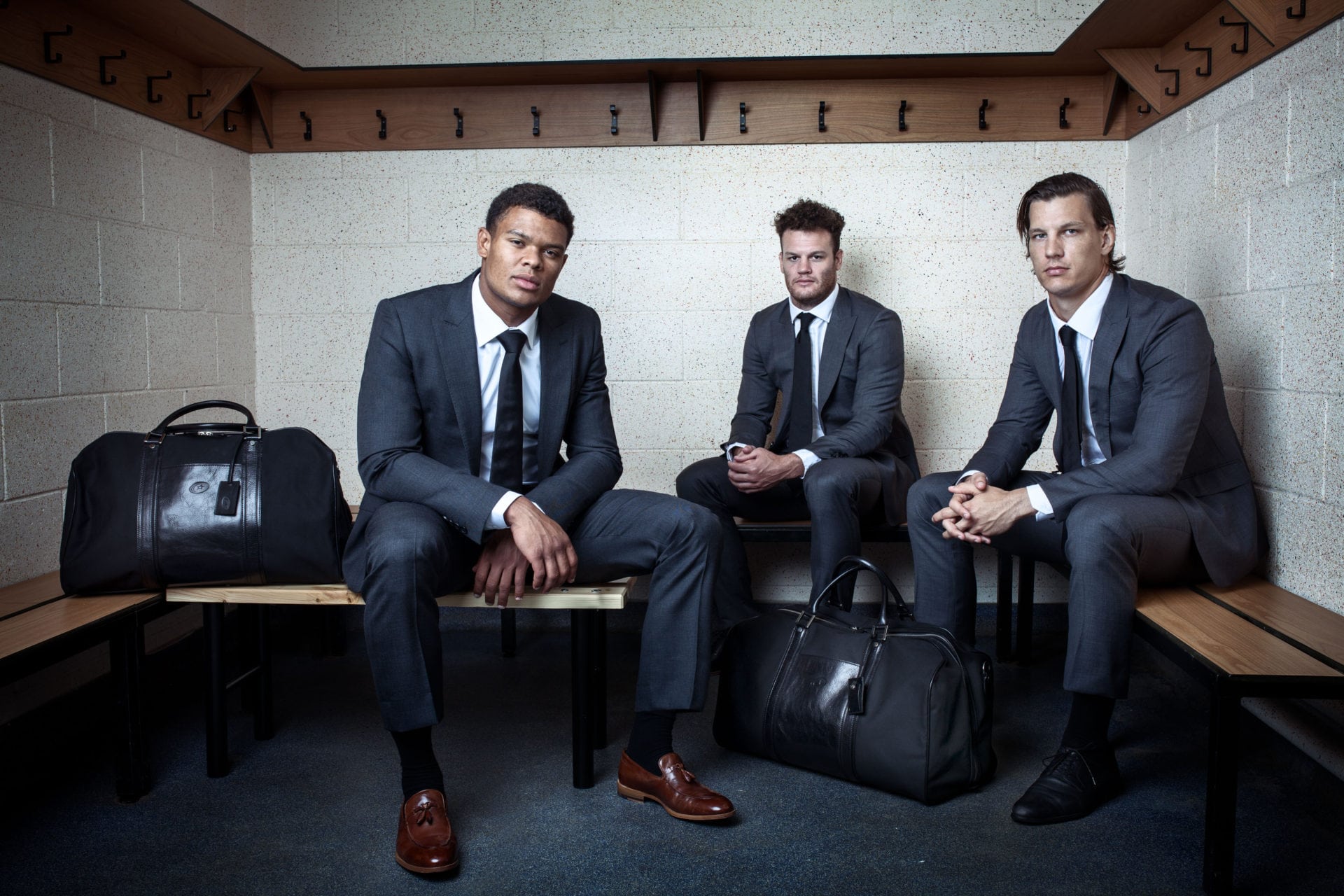
Do you have a favourite location shoot that you have done in your career?
Shooting for Sunseeker Yachts in Cannes was pretty great, but my favourite place to shoot is on a little river in Copenhagen where an old guy called Espen has built this ramshackle little ‘waterworld’ out of huge beams reclaimed from a nearby marsh. Apparently they were used in old viking times to block the entrance to the river. It just looks so cool down there on the water. I have done fashion shoots there, portraits, you name it. Espen is lovely and always welcomes me, he was even in a couple of the shoots.
Do you have a dream location for a campaign shoot?
Yes when I was in Cannes I came across a beautiful old classic yacht and got chatting to the skipper. It would be amazing to use it for a shoot. I grew up on a boat so you might start to
see a theme here…
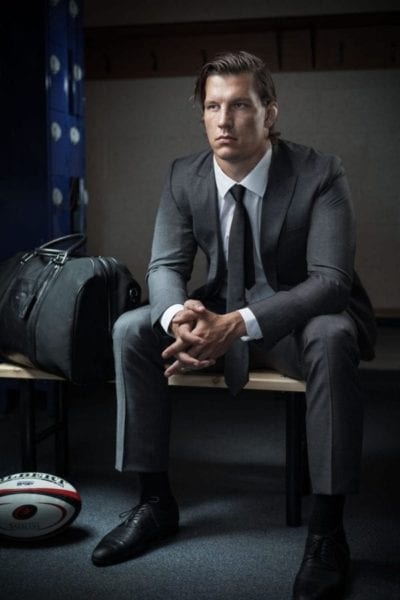
In general, what do you most enjoy shooting?
I enjoy shooting campaigns largely because I like to collaborate. In particular, I enjoy working with brands to bring their visual identity to life. Thus before shoot day and on the shoot itself, it is just fun to be part of a team. In doing so I have been lucky to work with some amazing people and that is a huge part of it. I also love the lighting aspect of photography and most often campaigns present the biggest lighting challenges to get the production value to where it needs to be. This is kind of where my geekiness come out. Luckily my assistant is as technically-minded as I am so usually we work together to come up with a plan of action.
Do you employ any tricks to ensure that products look their absolute best?
It is usually to do with using the right light. With Maxwell-Scott for instance we light with a large octabox that I have modified. The bags look their best with a bit of shine, but not too much, so we position the bags to reflect some of the light coming from the octa. If it is too ‘shiny’ then we feather the bags away from the light some more which turns down the reflection of the light. Simple but effective.
Moreover, if we are shooting indoors and creating mood lighting we will often light the bag separately with a small stripbox. It creates a nice long highlight along the edge of the bag. It is all about finding those little tricks that work and utilising them.
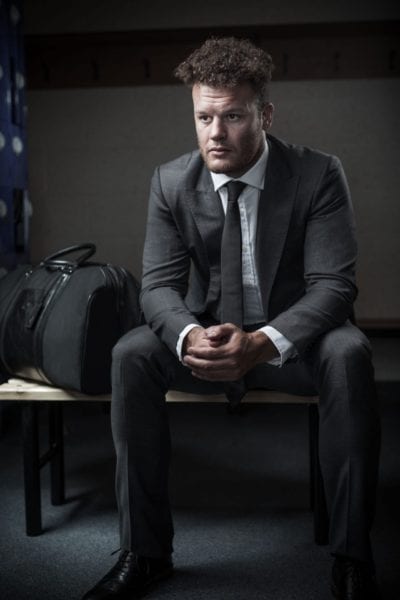
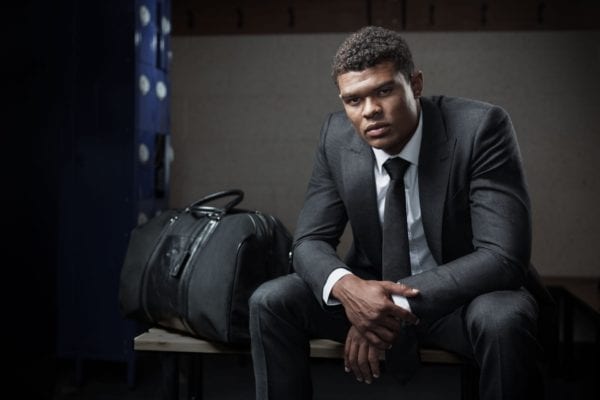
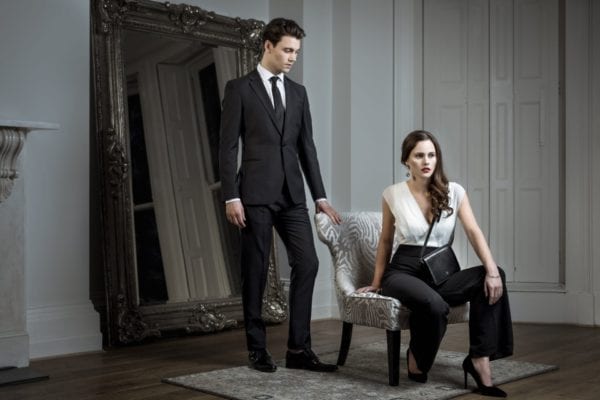
What for you constitutes the perfect shot?
Well that is hardly easy – perfect subject, perfect location, perfect composition and perfect lighting – not much to ask for.
What goes into creating this perfect shot?
Days of work and preparation. Producing a shoot is like producing a small movie. All the parts need to be working together to create the final image. Models need to be chosen, and if they are working together they need to work as a pair. That can often be a task in itself. Then the clothes need to be chosen and ideally a fitting needs to be booked in with the models to check the clothes fit. Also a trip to the location needs to be booked in to look at where we will want to shoot. Part of this includes having to check if we need permission to shoot there. I often have a meeting with my assistant beforehand to run through the shot list and discuss how we want to light it so when we get there he can set up the light more autonomously. Then there is accommodation, travel, and food for the whole team. It really does take a lot of thought before you ever get to taking the first image.
Part of this prep for me also includes talking to the client and making sure I understand what they need. Most of the time there is more than one person I am talking to and more than one set of requirements. Often the perfect shot needs to look good, but also fulfil multiple functions for the client.
What are the pieces of equipment within your kit that you could not live without?
I have three Profoto acute b 600 pack and heads (lights) that I use for most of my lighting and I keep two speed lights in my camera bag. These five light sources comprise most of my lighting needs. For light modifiers I use a large elinchrome octabox that I have modified so it takes two Profoto heads facing each other. This doubles the power of the light to 1200 watts and makes the light more even inside the box. This is handy when using it outside as I can overpower the ambient light if I need to. I also use a deep elinchrome octabox which I use with a baffle when I need a more focused white beauty dish look, or without the baffles and just the inner golden diffuser disk for a harder warm rim light. It works well for this because it is more focused.
I use a Profoto Giant Silver 150 too. This is a large parabolic umbrella and I employ this mainly as a rim light when I am shooting with more than one person in the frame. Because it is large, yet focused, I can put it further back out of shot. I am able to put a diffuser on it as well and this works as a medium size octabox which is often handy. Then, I have a large sun bounce with white on one side and black on the other for a fill or kill card.
In addition, I have a very large (10ft by 10ft) lastolite silk (diffusion panel) which is the best silk I can
find for easy setup as it has a light aluminium frame held together by a bungee cord and the diffusion silks have a clip system that is much easier than the usual velcro tabs or bungee system. I utilise this in a lot of different ways; diffusing the sun, further diffusion of my octa for super soft light, or I shoot a hard light through it to get a diffused sunlight feel. The latter is the main reason I invested in it as I wanted to be able to fake the look of sun coming through muslin curtains. It is an interesting look because it has hard shadows but also a soft feel.
One last comment on lighting gear – I have modified gels so I can put the gel directly over my light heads so that they cover the diffusion domes. I have no idea how other photographers get round this issue as I have seen nothing like it online and if you want to use a soft light the only other way is to gel the whole face of an octal box which is impractical. I use warm ones to match indoor lightbulbs and create colour contrast between rim and front light. Whereas one third blue ones are useful to match the colour of ambient light in shadows or on overcast days. I also use 2 and 3 stop gels just to knock my lights down 2 or 3 stops if I need to match dim interior lights.
Which camera do you use to shoot the Maxwell-Scott campaigns?
Canon 5ds
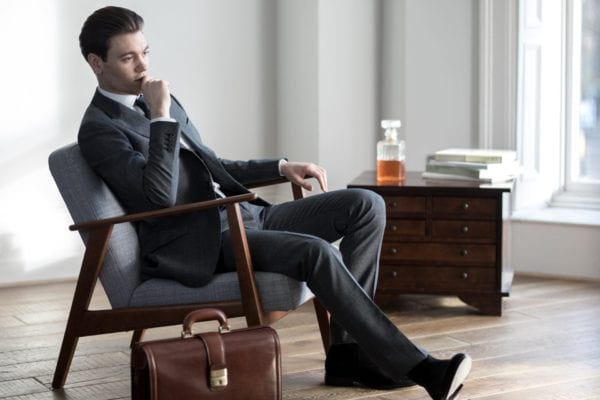
Have modern developments such as Instagram altered the art of photography?
I don’t think the development of photo editing apps such as Instagram and Snapseed for example have altered the ‘art’ of photography – a photo is a photo after all. That being said, I do think these apps have made developing a digital file more accessible to all. They have lead to an increase in people’s general working knowledge of colour, contrast, face-tuning etc that was otherwise an exclusive dark art of the photographer’s world.
Do you have any other photographers whose work inspires you?
I think I generally ‘consume’ a lot of photography from many different sources; galleries, blogs, magazines, tumblr accounts, and billboards to name a selection but, I tend to pick specific photographs as inspiration rather than a photographers portfolio as a whole. I am very inspired by mood in photographs, the way the light in a photograph insinuates time of day. It may seem strange but I am often inspired by very simple things I see that are not even in a photo.
I also have sources where I take technical information from such as Digital Photography Review for camera gear or, in my early days, it was Strobist for learning to light. I have followed a lot of courses on Lynda too for retouching, colour processing and other technical skills. I am lucky enough to work with some amazing art directors and it is their job to put together mood boards for the shoots so I can often take great inspiration from their ‘vision’. It is the communication between me and them where the look and feel of the shoot comes together. This process cannot be underestimated from an inspiration point of view especially considering the majority of photography I do is born in this way.
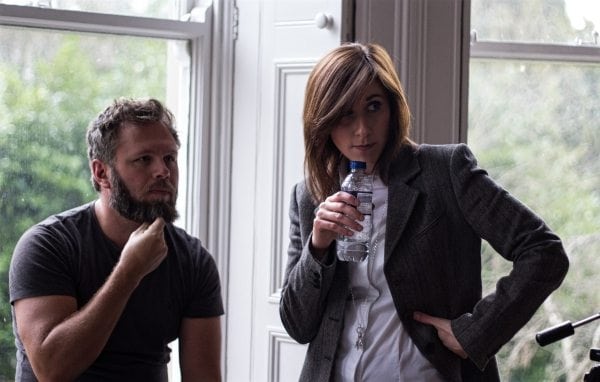
What does a day in your life look like? Is there such a thing as an ‘average day at work’?
There is no typical day really but there are recurring themes. Being on shoot usually means traveling to the location, usually with Eathan my assistant. He is my friend’s son who was a single mum back in uni days, so I used to baby sit him occasionally. No matter how old he gets he will always be young to me and I like to remind him of it. Similarly he likes to remind me how old and decrepit I am. He has been assisting me for about 4 years now and we still don’t seem to be bored of talking gear and where we are going to get our next coffee hit from. Shoot days are usually early starts to get the good light and late finishes, again to get the light. It is a lot of setting up gear and breaking it back down again. Shooting is only half of it though- other days I am scouting locations, doing post work and retouching, invoicing, marketing and doing accounts. Luckily I have a workroom at home which provides a nice space to work in when I am not out on location.
What is your role within a team for preparing a brand campaign and then on shoot days?
My role changes quite a bit depending on who I am working with. Many clients require a complete service, including shoot production and art direction. In this case my role is to liaise closely with the client to understand what their needs are and what aesthetic we are working towards. Then I will do the work required to put the shoot together. It is great to be at a point in my career where I can deliver that if necessary. Conversely, I work for a couple of publishing companies in London who have an in-house production team and art director which means that if I am working with them I just get a detailed brief and turn up on the day of the shoot. Mostly, it is somewhere in between the two. Some clients are able to do the production and organise the shoot but want help art directing, others know what they want and just need help delivering it, in which case I pull the team together myself.
Coming soon from Sven and Maxwell-Scott our Christmas campaign 2018…
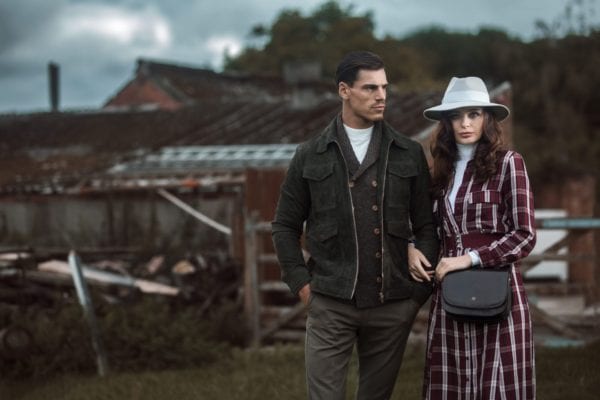
Discover our Christmas gift ideas here